Whale sharks in Black Forest – Camiguin Island

Whale sharks in Black Forest – we are so lucky here in Camiguin. And just the night before the first sighting of a Butading in Black Forest, the sea had been full of Bioluminescent Plankton.
The title photo of this article and the movie below had been shot by Arno. Arno is a professional photographer and dive instructor at the Camiguin Action Geckos resort. Please respect the copyright.
Let’s start with the Bioluminescent Plankton
I only saw this wonderful light once before – in summer 1982 in Solenzara, Corsica. End of last week it happened on Agoho Beach in Camiguin. Bioluminescent plankton don’t glow all of the time. It takes energy to make the chemicals that allow them to glow. The water sparkles neon blue at night when you run your hand through it or swim in the sea. When you swim, you leave a bluish or greenish trace behind you, depending on the kind of plankton that produces the bioluminescence.
This extreme high density of plankton might also be the reason why suddenly whale sharks roam around just a few hundred meters from Agoho Beach.
Whale sharks in Black Forest
Whale Sharks or Butading are known here in the Philippines in two places: Donsol in Sorsogon and Oslob in Cebu. In Oslob the sharks are attracted by feeding them. It became a mass-tourism industry. Donsol is a bit better and the whake sharks go there every spring.
Camiguin is very different. Whale sharks are sighted only a few times each year. Probably the whale sharks or Butading have been attacted by the currently high plankton density (see above).
As the largest fish in the sea, reaching lengths of 40 feet (12 meters) or more, whale sharks have an enormous menu from which to choose. Fortunately for most sea-dwellers—and us!—their favorite meal is plankton. They scoop these tiny plants and animals up, along with any small fish that happen to be around, with their colossal gaping mouths while swimming close to the water’s surface. The whale shark, like the world’s second largest fish, the basking shark, is a filter feeder. In order to eat, the beast juts out its formidably sized jaws and passively filters everything in its path.
Black Forest is one of my favorite dive spots in Camiguin. It is about 1200 meters off the our own beach in Agoho. Depth varies between 18 and 25 meters. Black Forest is an aquarium with all kind of anthias, rockcods, groupers, scorpionfish, squirrelfish, parrotfish, wrasse, damselfish and anemone fish. The name was given because of the abundant black coral (antipathes). The triggerfish are aggressive in the months of May, June and July.
When we dive at Black Forest, we go out with a boat and then quietly sink down to the ocean ground. When there is no current, I look for a nice place and simply sit down. It is like a meditation at about 20 meters depth. The fish are so curious about this new monster. They approach and inspect. With one full tank, one can stay almost 75 minutes down because there is no physical effort that consumes oxygen. If there is a current, we drift under water. The landscape, the corals and fish pass by like in a movie.
Camiguin Island is one of the best dive spots in the Philippines and one of the world’s best island destinations. Camiguin’s unspoiled nature attracts eco-tourists, biologists and people who either want to relax or look for challenging sports.
[GARD]

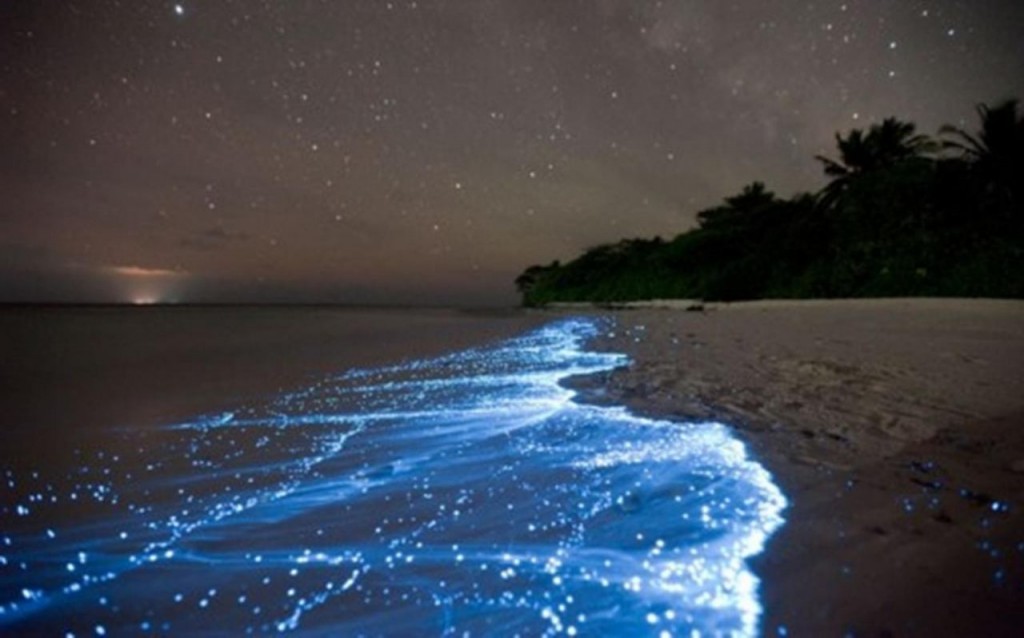


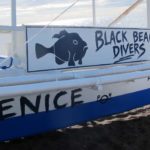
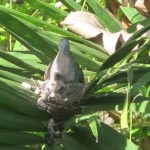
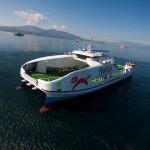
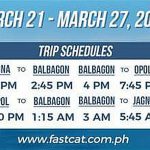


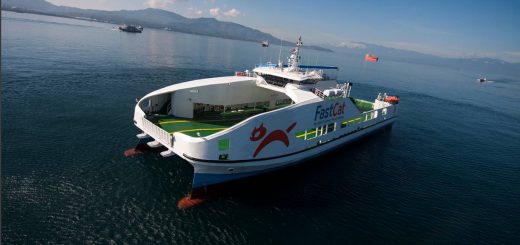

This is amazing. Your photos looks amazing and also the whale sharks.